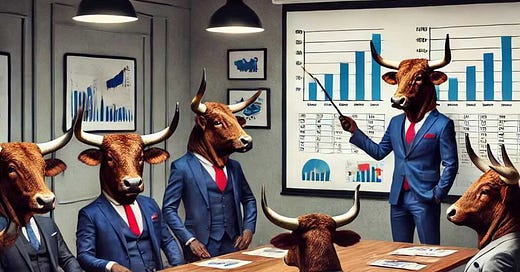The bull was breathing heavily. The wounds on his hide, left by the picadors’ lances, burned with pain.
The man in front of him slowly pulled the cape—the muleta—off his shoulders and locked eyes with the bull.
This was an enemy. A surge of hatred flooded the bull.
Then, the man started shaking the cape right in front of the bull’s face. The fluttering fabric got on his nerves, already frayed. Lowering his broad, horned head, the bull attacked.
During the cruel and now banned corrida, toreros taunted bulls with their capes. In many languages, the color of those capes became a metaphor: “like a red rag to a bull.”
But bulls don’t see color. It’s the movement of the fabric that enrages them—not the hue. If the ‘muleta’ were blue or green, their fury would be just the same.
Humans see color and can reflect on what they see. And yet, their attention, too, is drawn far more to what moves—rather than to what matters.
Change breeds fear, and your fear is always someone…




